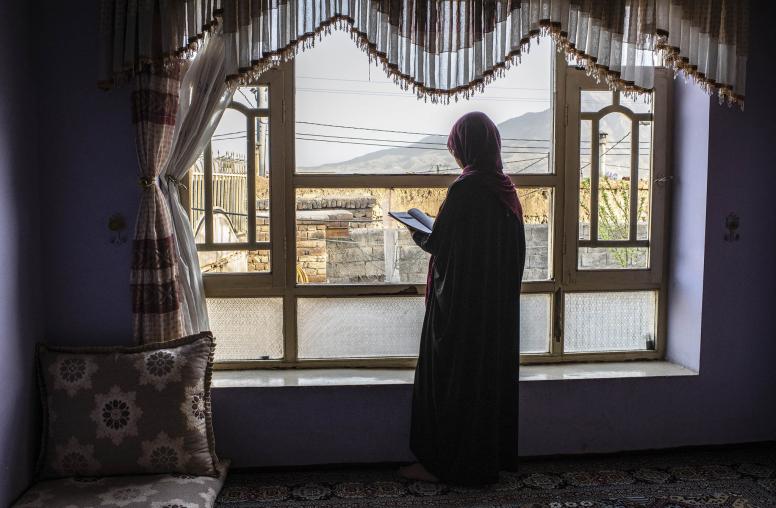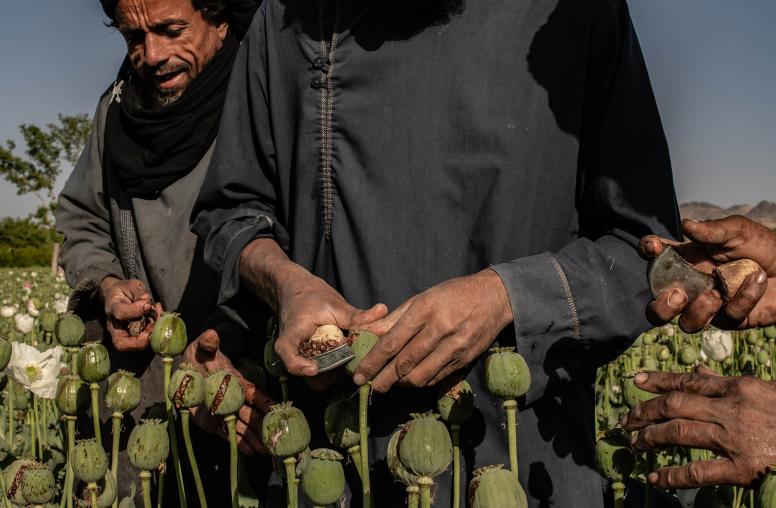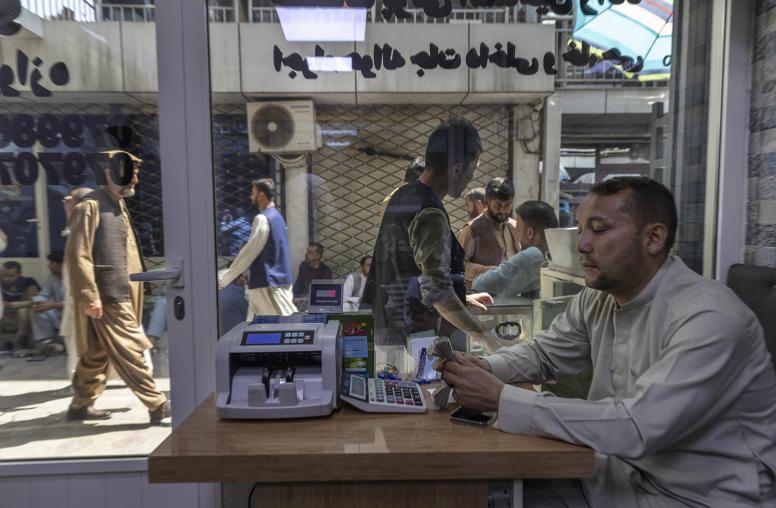The Rise and Stall of the Islamic State in Afghanistan
This report details the structure, composition, and growth of the Islamic State’s so-called Khorasan province, particularly in the eastern Afghan province of Nangarhar, and outlines considerations for international policymakers. More than sixty interviews carried out by The Liaison Office with residents of Nangarhar and provincial and national Afghan security officials informed this report.
Summary
- The Islamic State’s Khorasan province (IS-K) is led by a core of former Tehrik-e-Taliban Pakistan commanders from Orakzai and Khyber Agencies of Pakistan; the majority of mid-level commanders are former Taliban from Nangarhar, with the rank and file a mixture of local Afghans, Pakistanis, and foreign jihadists mostly from Central Asia.
- IS-K receives funding from the Islamic State’s Central Command and is in contact with leadership in Iraq and Syria, but the setup and day-to-day operations of the Khorasan province have been less closely controlled than other Islamic State branches such as that in Libya.
- IS-K emerged in two separate locations in Afghanistan in 2014—the far eastern reaches of Nangarhar province along the Afghanistan-Pakistan border, and Kajaki district of southern Helmand province.
- IS-K expanded in Nangarhar through the spring and summer of 2015, gaining partial control of seven districts by first remaining nonviolent and appealing to local Salafi networks and later entering into strategic alliances with cross-border militant networks. The Helmand front was quickly defeated by the Taliban.
- By the fall of 2015, IS-K grew more violent, announcing a ban on poppy cultivation and threatening aspects of the tribal social order; the limited public support in Nangarhar began to erode.
- In early 2016, as IS-K leadership fractured into Pakistani and Afghan factions, the Taliban launched a counterattack that—along with U.S. air strikes and operations by private Afghan militias—stalled the IS-K advance.
- As of July 2016, IS-K was still present in a handful of Nangarhari districts and capable of launching spectacular attacks, including a suicide bombing in Kabul that killed more than eighty.
- There are few indications that the Islamic State is looking to shift its main effort to Khorasan if or when Mosul and Raqqa fall, however there are signs that IS-K is looking to strengthen its relationship to Islamic State Central, is seeking more assistance in the form of trainers, and is pressing for the return of Afghan nationals currently fighting for the Islamic State in the Levant to support operations along the Afghanistan-Pakistan border.
- The Taliban remain a greater threat to the Government of Afghanistan than IS-K. The government’s strategy of stepping aside as the Taliban and IS-K fight each other may have diminishing returns, particularly in places such as eastern Afghanistan where Taliban-Islamic State alliances of convenience could further undermine security.
About the Report
This report details the structure, composition, and growth of the Islamic State’s so-called Khorasan province, particularly in the eastern Afghan province of Nangarhar, and outlines considerations for international policymakers. More than sixty interviews with residents of Nangarhar and provincial and national Afghan security officials carried out by The Liaison Office, an Afghan research and peacebuilding organization, in Nangarhar and Kabul in the spring and summer of 2016 informed this report.
About the author
Casey Garret Johnson is an independent researcher focusing on violent extremism and local politics in Afghanistan.



